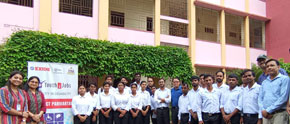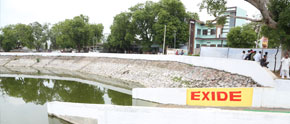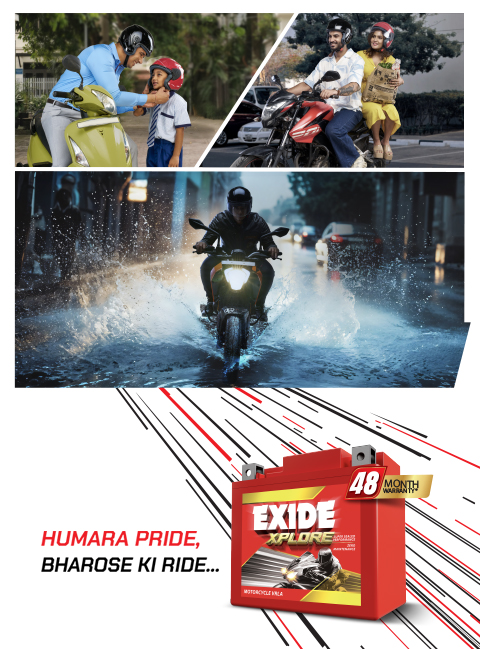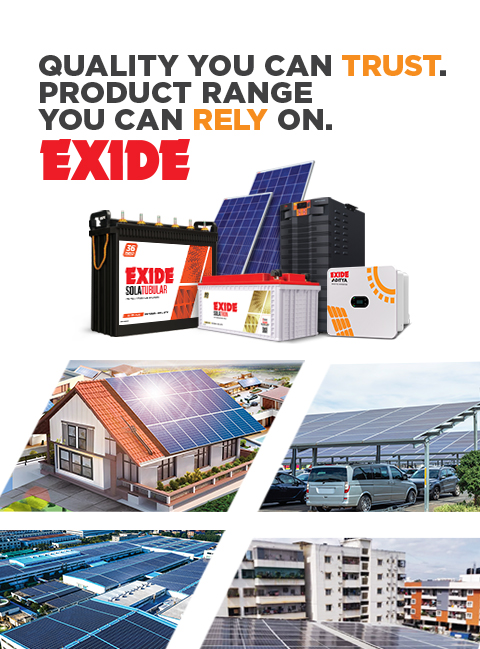LATEST AT EXIDE
investor updates
CSR INITIATIVES
-
CARING FOR THE COMMUNITY

Exide Saksham
Exide Saksham - Revival of 'Chadar Badar', a traditional tribal puppetry form.
-
CARING FOR THE COMMUNITY

Exide Kaushal - Employability for differently abled youths
More than 75% of youths getting trained and gainfully employed under this project.
-
CARING FOR THE COMMUNITY

Exide Akshar - School Transformation project
Enhancing the learning environment through school transformation with 60,000 students benefitting every year.
-
CARING FOR THE COMMUNITY

Exide Paryavaran - Rejuvenation of water bodies
Benefitting nearly 50,000 households & facilitating 17,500 cubic meters of groundwater recharge annually.
-
CARING FOR THE COMMUNITY

Exide Akshar
Augmented Gap Learning Centre & remedial classes for the underprivileged children at 14 centres in West Bengal.
You can also register your Battery/Inverter through:
- SMS
"REGISTER" to 9223009988 - CALL
at 1800-103-5454 - E-MAIL
at exidecare@exide.co.in



















 Shareholding Pattern - 30.09.2025
Shareholding Pattern - 30.09.2025 Postal Ballot Notice
Postal Ballot Notice Financial Results for Q1 FY 2025-26
Financial Results for Q1 FY 2025-26 Integrated Annual Report 2024-25
Integrated Annual Report 2024-25 Key Financials
Key Financials Investor Contacts
Investor Contacts


 Click here
Click here

